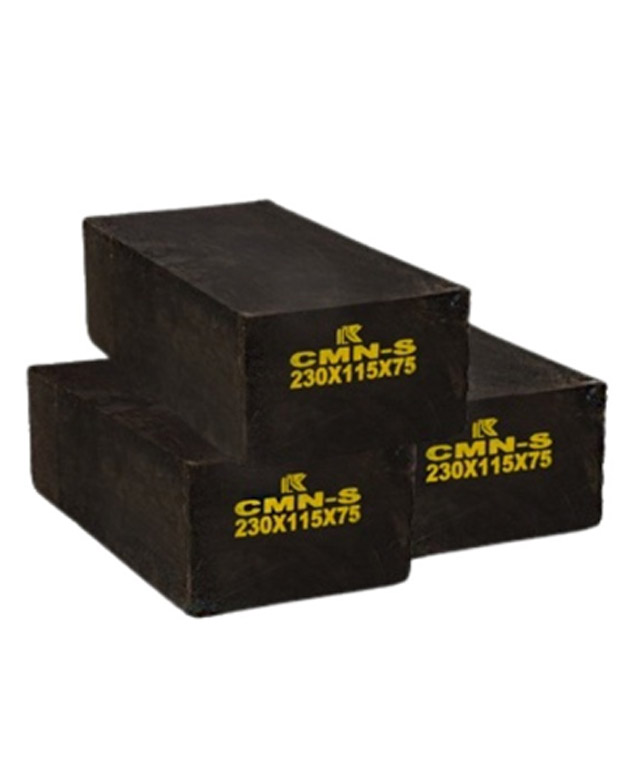
Basic bricks and Silica bricks
Refractory basic bricks and silica bricks are essential materials used in high-temperature applications, particularly in industries such as steel, cement, and glass manufacturing. Each type of brick has unique properties and applications, making them suitable for specific environments.
Refractory Basic Bricks:
1.Composition:Refractory basic bricks are primarily made from basic raw materials, such as magnesite (magnesium oxide) or dolomite (calcium magnesium carbonate).
They may contain additional materials to enhance properties such as strength, thermal conductivity, and resistance to chemical attack.
2.Properties: High Refractoriness Capable of withstanding temperatures above 1,600 °C (2,912 °F).
Chemical Resistance Excellent resistance to basic slags and corrosive environments.
Thermal Stability Good thermal shock resistance, allowing them to withstand rapid temperature changes
Low Porosity This helps reduce the absorption of molten materials and gases.
3.Applications: Steel Industry Used in the linings of steelmaking furnaces, converters, and ladles.
Cement Production Employed in kiln linings and coolers to protect against high temperatures and aggressive chemicals.
Glass Manufacturing Essential in glass furnaces to withstand corrosive molten glass.
Non-Ferrous Metallurgy Used in furnaces for the production of non-ferrous metals.
Silica Bricks:
Composition Silica bricks are primarily made from silica (silicon dioxide) with a silica content usually exceeding 93%. They are often produced by melting and fusing silica sand, with some variants containing a binder to enhance strength.2 Properties:
High Refractoriness Can withstand high temperatures, often exceeding 1,650 °C (3,002 °F).
Thermal StabilityGood resistance to thermal shock, although less than basic bricks.
High Silica ContentProvides excellent resistance to acidic environments and ensures durability. Low Thermal ConductivityOffers good insulation properties, which can help reduce heat loss.
3. Applications: Furnace Linings Widely used in the lining of coke ovens, glass furnaces, and other high-temperature applications.
Refractory Structures Ideal for use in areas exposed to acidic slags, such as in cement kilns and non-ferrous metallurgy.
Combustion Chambers Used in the construction of combustion chambers and other high-temperature areas due to their excellent heat resistance.